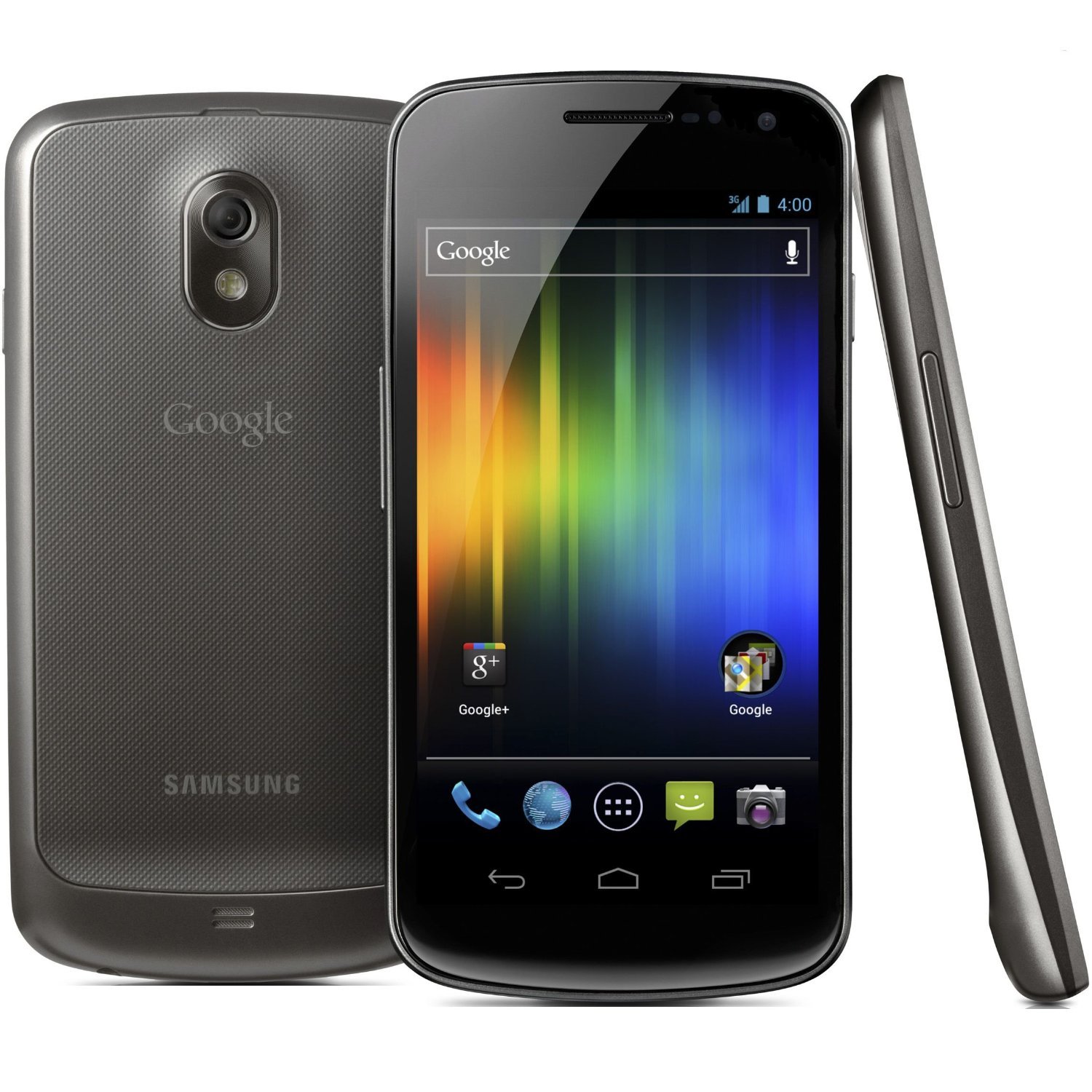

I’m sure people misuse it, but it’s so crystal clear that if you have a neck fracture you tell us about it in one of a few ways – pain or tenderness. We knew people wouldn’t fill out the form well if there’s too much information to fill out. What pearls, pitfalls and/or tips do you have for users of the NEXUS Criteria? Are there cases in which they have been applied, interpreted, or used inappropriately? When we made NEXUS we decided it could not have more than 5 parts to it. When you break your neck, there’s only a very limited number of ways you can manifest that: pain, tenderness and not wanting to move your neck. And they were the five that we already knew were important. We knew that some collection of simple characteristics was going to be right for NEXUS. The best decision instruments let us do what we know is right. When you know this patient is fine, can we help you have the courage to not order a test, and, in fact, simply by doing that we found we could get people to do half or a third or a fifth of the studies that they already did.

We wanted to see if there was a way to avoid doing a film in somebody that everyone in the world knows is okay, and we’re only doing it because we’re all scared. Let’s go back and remember what this is about: our goal was never to get rid of negative c-spine films, our goal was to get rid of an extra percentage of those. How did you define cervical spine tenderness - that the patient has to have midline tenderness to palpation (and show wincing on their face) or did any report of midline tenderness to palpation/pain count? The notion that tenderness is quantifiable on a score without trusting the patient is crazy.

XSTAND NEXUS TRIAL
However the trial was performed by the creators of the CCR at hospitals that were involved in the initial CCR validation study.



 0 kommentar(er)
0 kommentar(er)
